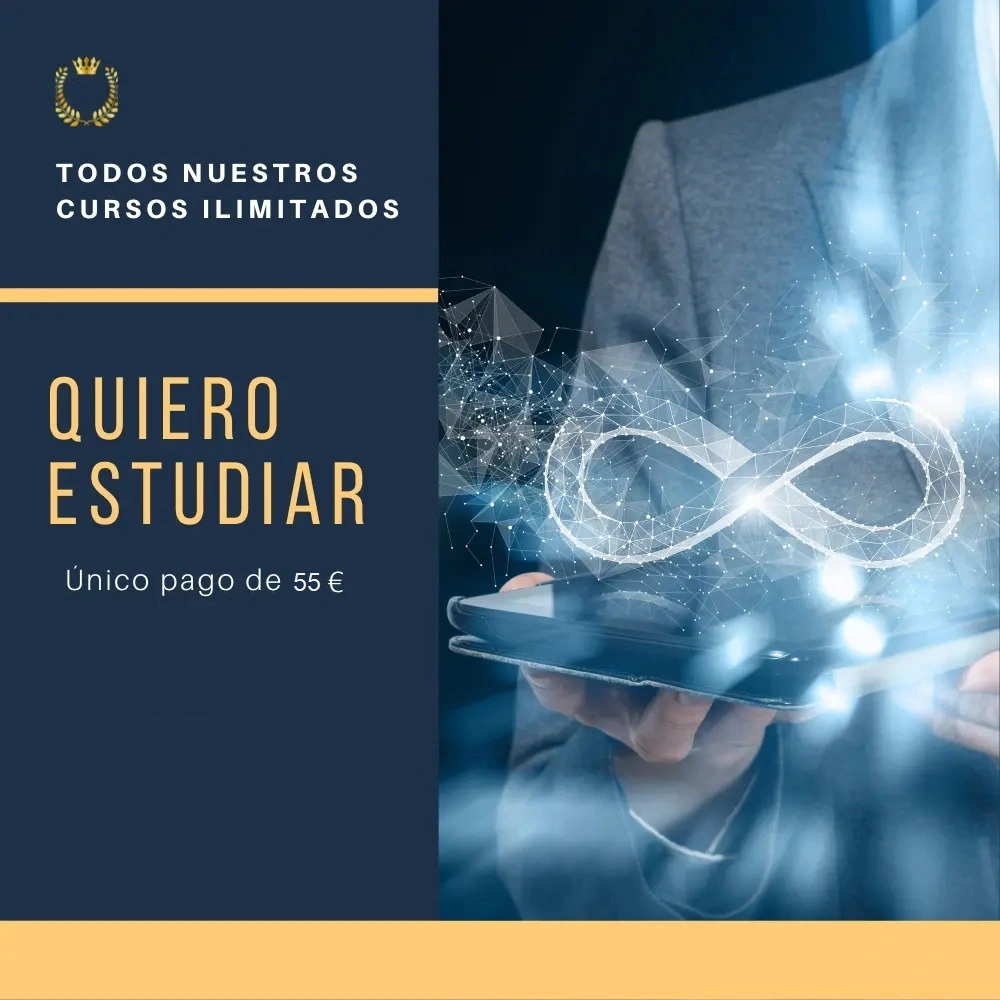Transcription Performing a Friendship [Audit] to Maximize Support
The Dilemma of Finite Time and Relationship Abundance
Over the course of our lives, we accumulate a wealth of relationships.
From childhood and college friends to co-workers and acquaintances from various social circles, our network of contacts can be vast.
However, our most precious resource for maintaining these relationships "time" is strictly finite.
Often, we find that we don't have enough time to see all of our friends as often as we would like.
If we do not actively manage our social time, it tends to be distributed in a reactive manner, responding to whoever contacts us or what is most convenient at the moment, rather than what is most important to our well-being.
This can lead to the most valuable and nourishing relationships being neglected, while less meaningful ones consume our time through inertia.
The "Friendship Audit": A Conscious and Strategic Approach
To counteract this tendency, a strategic tool called the "friendship audit" can be employed.
While the term may sound cold or calculating, its purpose is deeply human: to consciously align how we invest our social time with the relationships that contribute most to our happiness and mutual support.
It is not about "rating" our friends or being ruthless, but an act of self-care and intentional management of our social energy.
A friendship audit is a reflective exercise that helps us identify which relationships nurture us, which drain us, and how we can allocate our limited time in a way that strengthens the bonds that are most meaningful to us.
It is a necessary step in moving from a passive social life to a proactive and truly satisfying one.
The Practical Process: List, Assess and Prioritize Connections
The process of a friendship audit is simple but revealing. The first step is to make a list of all the people you consider your friends.
The second step is evaluation: next to each name, write down how often you would ideally like to see that person to feel that the relationship is being nurtured.
As you add up the total time required, you will likely realize that your ideal desire far exceeds the time available.
This is the time for prioritization. Go through the list and sort your friends into different categories. For example:
Intimate Circle: Friends with whom you want to spend the most time.
Stable Circle: Friends whose current frequency of contact is adequate.
Occasional Circle: Friends with whom you will consciously spend less time, but want to maintain contact.
Minimal Contact: People with whom the relationship has changed and contact will be reduced to an occasional greeting or "Christmas card".
In some cases, you may even actively decide to let go of a relationship that is no longer healthy.
From Audit to Action: Scheduling the Intentional Connection
Once the audit is complete, the last and most important step is to act on it.
The clarity gained is of no use if it does not translate into behavioral change.
For people in your inner circle, you must be proactive in scheduling time to see them.
Using a calendar or recurring task app to set reminders such as "Call [friend's name]" or "Propose dinner with [group of
performing a friendship audit to maximize support



